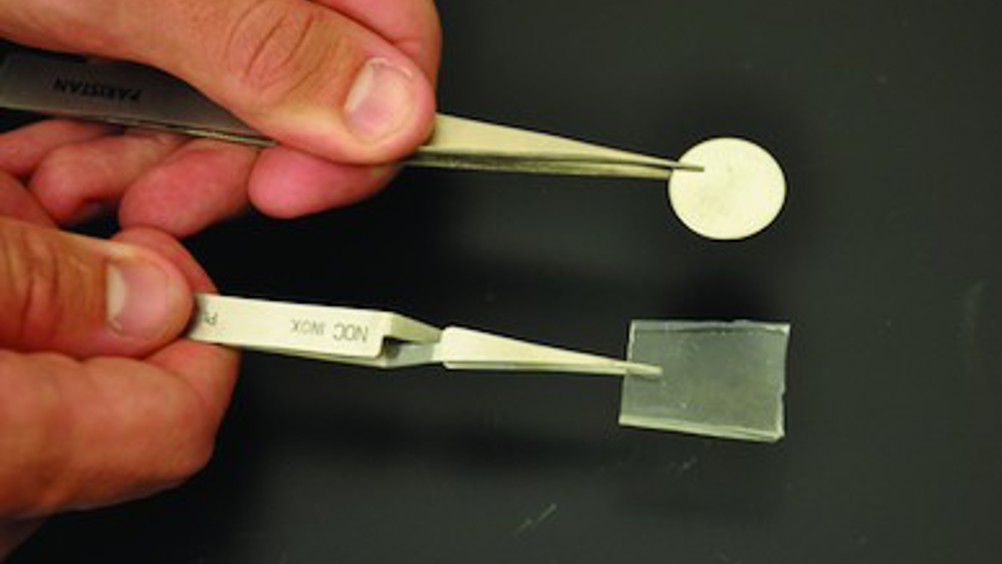Silicon dioxide nano-anodes extend life of Li-ion batteries
Researchers say they have developed a new way to make lithium-ion batteries that will last three times longer between charges compared to the current industry standard.

The team from the University of California, Riverside Bourns College of Engineering created silicon dioxide (SiO2) nanotube anodes for lithium-ion batteries and found they had over three times as much energy storage capacity as the carbon-based anodes currently being used.
‘We are taking the same material used in kids’ toys and medical devices and even fast food and using it to create next generation battery materials,’ said Zachary Favors, the lead author of a published paper on the research.
The paper, ‘Stable Cycling of SiO2 Nanotubes as High-Performance Anodes for Lithium-Ion Batteries,’ was published online in Nature Scientific Reports.
It was co-authored by Cengiz S. Ozkan, a mechanical engineering professor, Mihrimah Ozkan, an electrical engineering professor, and current and former graduate students Wei Wang, Hamed Hosseinni Bay, Aaron George and Favors.
According to UC Riverside, the team originally focused on silicon dioxide because it is an extremely abundant compound, environmentally friendly, non-toxic, and found in many other products.
Register now to continue reading
Thanks for visiting The Engineer. You’ve now reached your monthly limit of news stories. Register for free to unlock unlimited access to all of our news coverage, as well as premium content including opinion, in-depth features and special reports.
Benefits of registering
-
In-depth insights and coverage of key emerging trends
-
Unrestricted access to special reports throughout the year
-
Daily technology news delivered straight to your inbox










Water Sector Talent Exodus Could Cripple The Sector
Well let´s do a little experiment. My last (10.4.25) half-yearly water/waste water bill from Severn Trent was £98.29. How much does not-for-profit Dŵr...